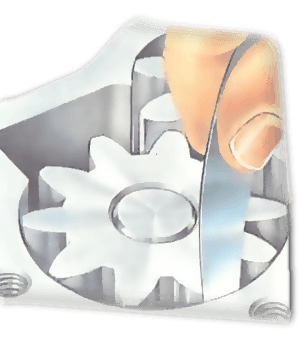Most of the discussion here is essentially dancing around denials of the fundamentals. If oil is contained in a reservoir that's above the location of a gear-driven oil pump, given time (whether long or short periods) it will drain because GRAVITY ALWAYS WORKS. It isn't just Nortons either. Equally afflicted Harley-Davidson finally acknowledged the fact by moving the oil container to a level nearly even with the pump as a pseudo-sump on Big Twins. Buell did the same by using the swing arm on the XB models as the oil reservoir. Air-cooled Sportsters never got either solution and while not particularly prone...they do sump.
Accepting that, and adding the fact that I do not ride any of my ten machines as often as I should, particularly the 850 Commando, I am convinced that the reed-type, sump-located, breather is the best compromise overall. Not only for dealing with dumping effectively but for vastly improved crankcase breathing benefits.
Regarding their use on my 1973 model, I see choices and have questions. Whether JS Motorsport, NYC Norton, or the (apparently discontinued) CNW, there are slight variations in the same concept. I can sort that, but the one thing they have in common throws me. All of them have a "standpipe" which doesn't exist on the stock sump plug they replace. Not being an expert on Commando oiling, I can only guess it is there to ensure the reed will get airflow and not clog with oil in a sumped engine. This makes me curious about whether one of these would work without a standpipe. I also wonder if the NYC version, using a swivel banjo is more leak-prone in the long run. On the other hand, does the fixed outlet on the JS Motorsport version limit hose routing options?
Can someone explain (and help clarify) the design details on these reed sump breathers, please? These things are too much money to mistake.
 , , I need to mark the dip stick and leave it for a week .
, , I need to mark the dip stick and leave it for a week .

